10 Real Animals That Inspired Mythical Creatures
In the tapestry of human history, myth and reality have often been woven together, creating a rich fabric of stories that captivate the imagination. The mythical beings that populate our legends and folklore have origins often rooted in the natural world. This exploration seeks to unravel the threads connecting ten real animals to the legendary creatures they inspired, revealing how human perception and cultural storytelling have transformed these animals into fantasy icons. As we embark on this journey, we will see how nature and imagination intersect, creating a world where the fantastical and the real coexist, sometimes indistinguishably. The allure of mythical creatures lies in their ability to embody the mysterious and the unknown. They often serve as symbols of human fears, desires, and the inexplicable phenomena of the natural world.
1. The Kraken and the Colossal Squid
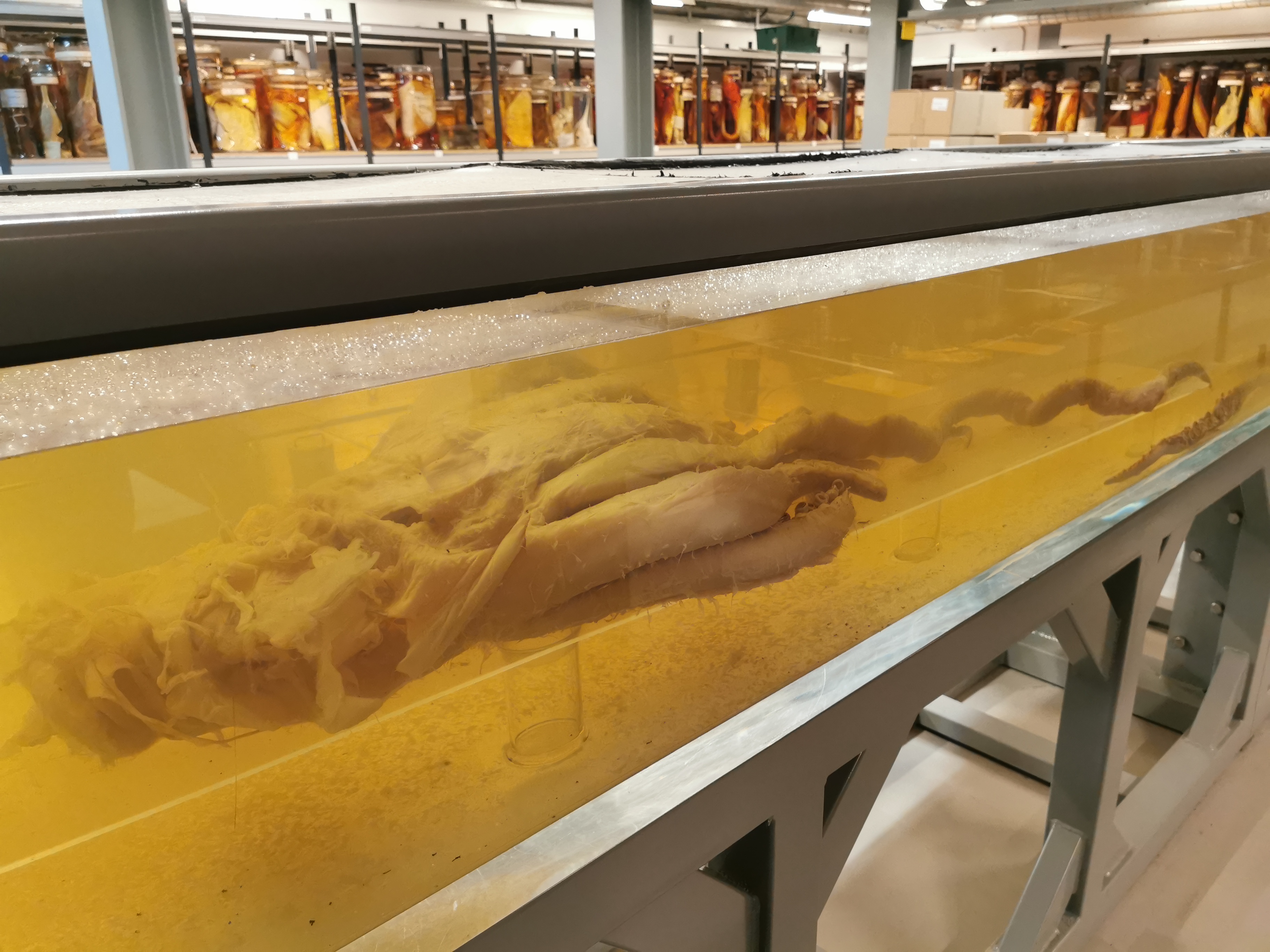
The legend of the Kraken, a monstrous sea creature feared by sailors, finds its roots in sightings of the colossal squid. These elusive deep-sea giants, with their enormous eyes and tentacles, sparked tales of ship-crushing beasts lurking beneath the waves. The first recorded encounters with the colossal squid date back to the 18th century, when fishermen and sailors reported encounters with massive, tentacled creatures. Such sightings, often exaggerated over time, gave rise to the myth of the Kraken, a creature capable of dragging entire ships into the abyss. The colossal squid, known for its remarkable size and mysterious deep-sea habitat, embodies the fear of the unknown that permeates maritime folklore. Its biology, including the largest eyes in the animal kingdom, adapted for the dark depths, only adds to its mystique. The transformation of the squid into the Kraken highlights humanity's tendency to embellish the unfamiliar, turning real animals into symbols of the vast, uncharted ocean. As we explore the origins of the Kraken, we gain a deeper appreciation for the interplay between human imagination and the natural world, where reality is often more incredible than fiction.
2. The Unicorn and the Indian Rhinoceros
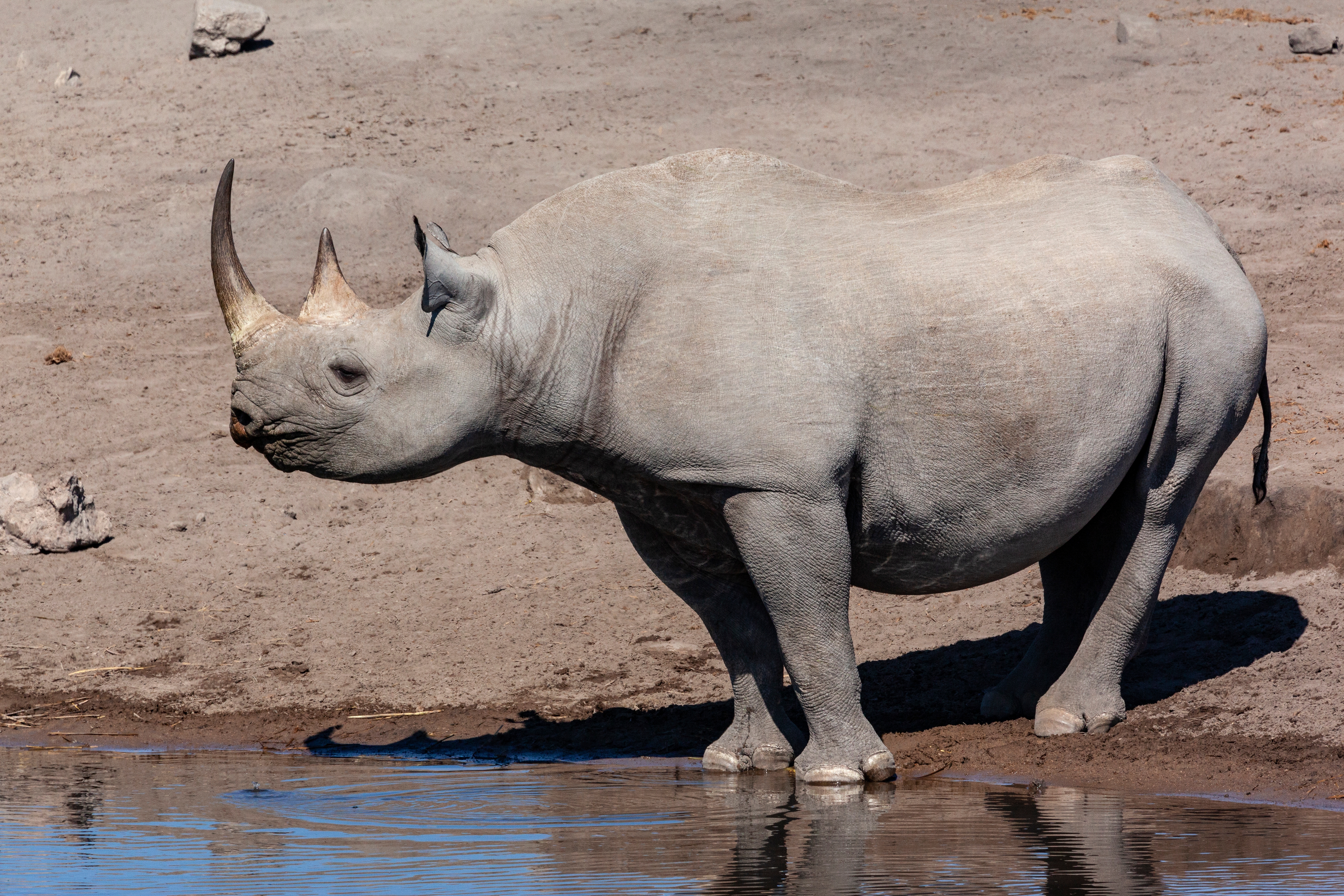
The unicorn, a symbol of purity and grace, is often depicted as a horse-like creature with a single spiraling horn. However, its origins may lie in the Indian rhinoceros, a creature with a single horn and a history of inspiring awe and wonder. Ancient travelers and traders who encountered the Indian rhinoceros in the wild often described it in terms that would later be associated with the unicorn. The rhinoceros, with its thick skin and formidable horn, was a creature of immense power and mystery, leading to its transformation into the mythical unicorn. The unicorn's evolution from a rhinoceros into a symbol of purity illustrates the power of cultural storytelling. In medieval Europe, unicorns were believed to possess healing powers, and their horns were highly sought after. This belief was fueled by the trade of narwhal tusks, mistaken for unicorn horns. The connection between the rhinoceros and the unicorn underscores the human tendency to romanticize the natural world, creating myths that reflect societal values and beliefs. By examining the unicorn's origins, we uncover a tale of transformation and adaptation, where the mundane becomes magical through the lens of human imagination.
3. Dragons and the Komodo Dragon
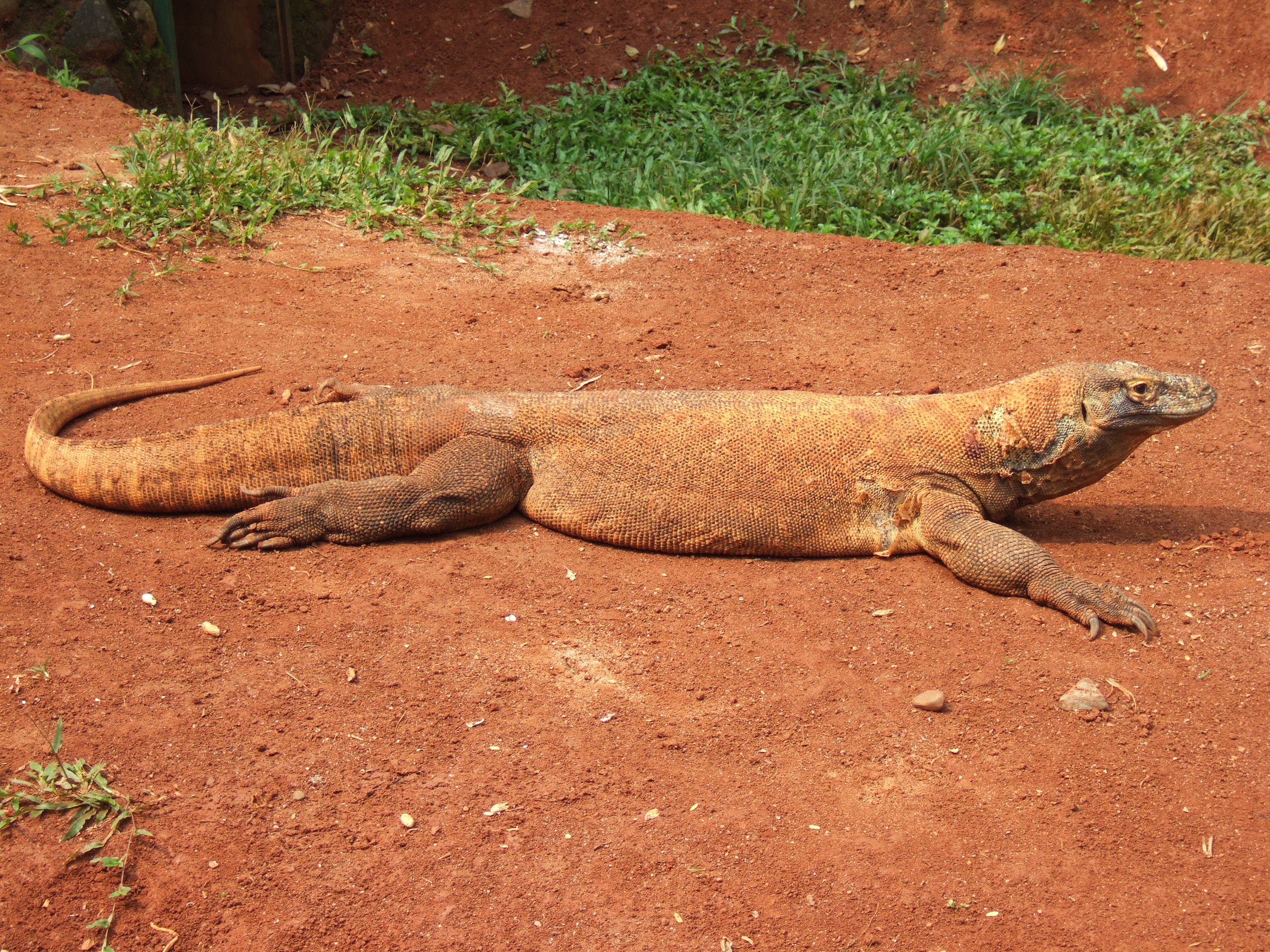
Dragons are perhaps the most iconic mythical creatures, appearing in the folklore of cultures worldwide. While their forms vary, dragons are often depicted as large, fire-breathing reptiles. The real-world inspiration for these legendary beasts may be the Komodo dragon, a formidable predator native to Indonesia. The Komodo dragon, with its massive size, powerful bite, and dragon-like appearance, has fueled tales of fire-breathing monsters for centuries. Early explorers who encountered these creatures were likely struck by their fearsome presence, leading to the creation of dragon myths. The Komodo dragon's role in developing dragon legends highlights the human fascination with power and danger. In many cultures, dragons symbolize chaos and destruction, embodying the untamed forces of nature. The transformation of the Komodo dragon into a mythical beast reflects humanity's desire to understand and control the natural world. By examining the connection between these real and mythical creatures, we gain insight into the cultural significance of dragons and their enduring appeal as symbols of strength and mystery.
4. The Griffin and the Protoceratops
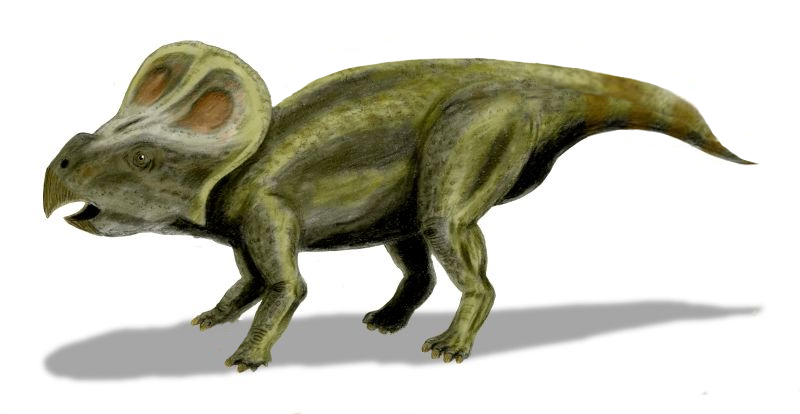
The griffin, a creature with the body of a lion and the head and wings of an eagle, has long been a symbol of strength and vigilance. Its origins may be traced to the Protoceratops, a dinosaur whose fossils were discovered in the Gobi Desert by ancient nomadic tribes. These fossils, with their beaked skulls and quadrupedal stance, likely inspired the image of the griffin. The discovery of these ancient bones, coupled with the human tendency to mythologize the unknown, led to the creation of the griffin legend. The connection between the Protoceratops and the griffin illustrates the role of paleontology in shaping human mythology. As early humans encountered these fossils, they interpreted them through the lens of their existing beliefs and stories. The griffin, as a hybrid creature, represents the merging of different worlds, embodying the duality of nature. By exploring the origins of the griffin, we gain a deeper understanding of how ancient peoples made sense of the world around them, using myths to explain the mysteries of the past.
5. Mermaids and the Manatee
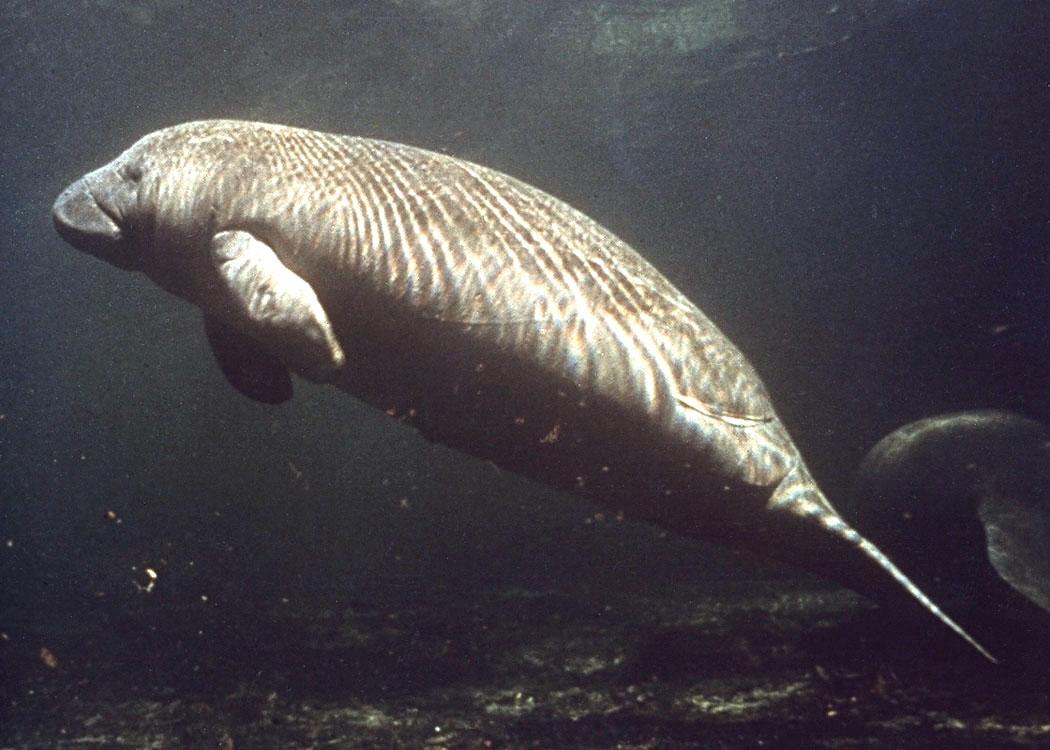
Mermaids, half-human and half-fish creatures, have long captured the imagination of sailors and storytellers alike. Their origins can be traced to the manatee, a gentle marine mammal often mistaken for a mermaid by early explorers. Christopher Columbus himself reported sightings of mermaids, likely manatees, during his voyages. The manatee's human-like features, including its forelimbs and rounded body, contributed to its identification as a mermaid, fueling the legend of these enchanting sea creatures. The transformation of the manatee into a mermaid highlights the power of perception in shaping myths. Sailors, often at sea for long periods, were prone to seeing what they longed for or feared, leading to the creation of mermaid legends. These stories reflect the human desire for connection and the allure of the unknown. By examining the link between manatees and mermaids, we uncover a tale of mistaken identity and imagination, where the mundane becomes magical through the lens of human experience.
6. The Phoenix and the Bennu Bird

The phoenix, a mythical bird associated with fire and rebirth, originates in the Bennu bird of ancient Egyptian mythology. The Bennu, often represented as a heron, was a symbol of creation and renewal, believed to rise from the ashes of its predecessor. This concept of cyclical rebirth resonated with cultures across the ancient world, leading to the development of the phoenix myth. The phoenix, with its fiery plumage and ability to regenerate, embodies the human fascination with immortality and transformation. The connection between the Bennu bird and the phoenix illustrates the universality of certain themes in mythology. The phoenix's story of death and rebirth reflects the natural cycles of life, death, and renewal, resonating with the human experience. By exploring the origins of the phoenix, we gain insight into the cultural significance of this mythical creature and its enduring appeal as a symbol of hope and resilience. The phoenix's transformation from the Bennu bird to a universal icon highlights the power of myth to transcend cultural boundaries and speak to the shared human condition.
7. The Roc and the Elephant Bird
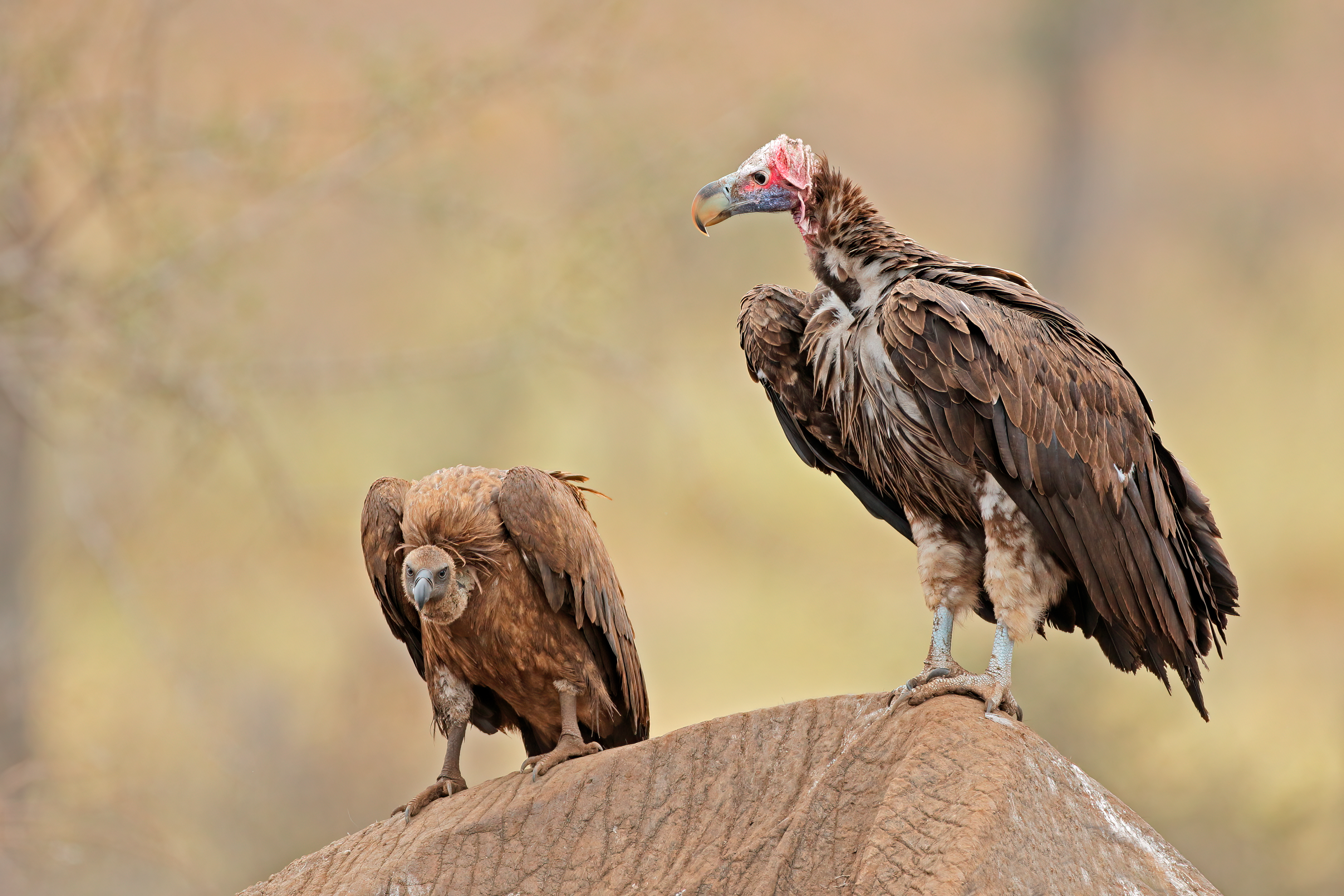
The Roc, a giant bird capable of carrying off elephants, is a legendary creature that appears in the tales of the Arabian Nights. Its origins may be traced to the elephant bird, a massive, flightless bird native to Madagascar. The elephant bird, now extinct, was one of the largest birds ever, with eggs that dwarfed any other bird. The discovery of its remains by early travelers likely inspired the tales of the Roc, a creature of immense size and power. The connection between the elephant bird and the Roc highlights the human tendency to exaggerate the extraordinary. The Roc, as a symbol of strength and majesty, reflects the awe inspired by the natural world and its wonders. By examining the origins of the Roc, we gain insight into the cultural significance of this mythical creature and its role in the stories that shaped human understanding of the world. The Roc's transformation from the elephant bird to a legendary giant underscores the power of storytelling in creating myths that captivate the imagination.
8. The Chupacabra and the Coyote
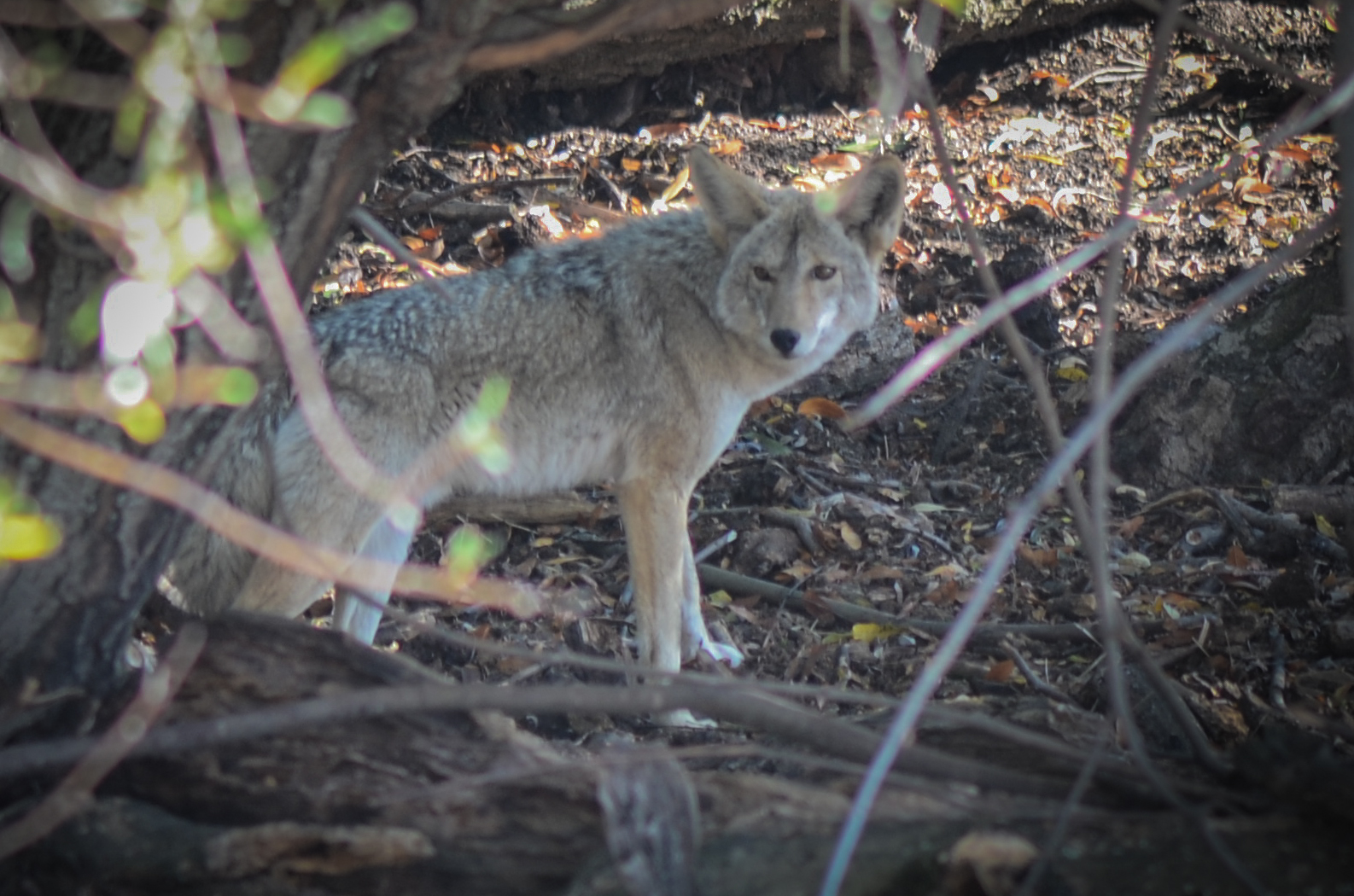
The Chupacabra, a creature said to prey on livestock, is a modern mythical being with roots in sightings of coyotes suffering from mange. Reports of the Chupacabra, described as a reptilian creature with spines along its back, emerged in the late 20th century, capturing the public's imagination. However, many of these sightings have been attributed to coyotes with severe mange, which alters their appearance and behavior, leading to their identification as the Chupacabra. The transformation of the coyote into the Chupacabra highlights the role of fear and misunderstanding in shaping myths. The Chupacabra, as a symbol of the unknown, reflects the anxieties and uncertainties of modern life. By examining the link between coyotes and the Chupacabra, we uncover a tale of misinterpretation and folklore, where the mundane becomes monstrous through the lens of human perception. The Chupacabra's origins reveal the enduring power of myth to explain the unexplainable and provide a sense of control over the unknown.
9. The Yeti and the Himalayan Bear
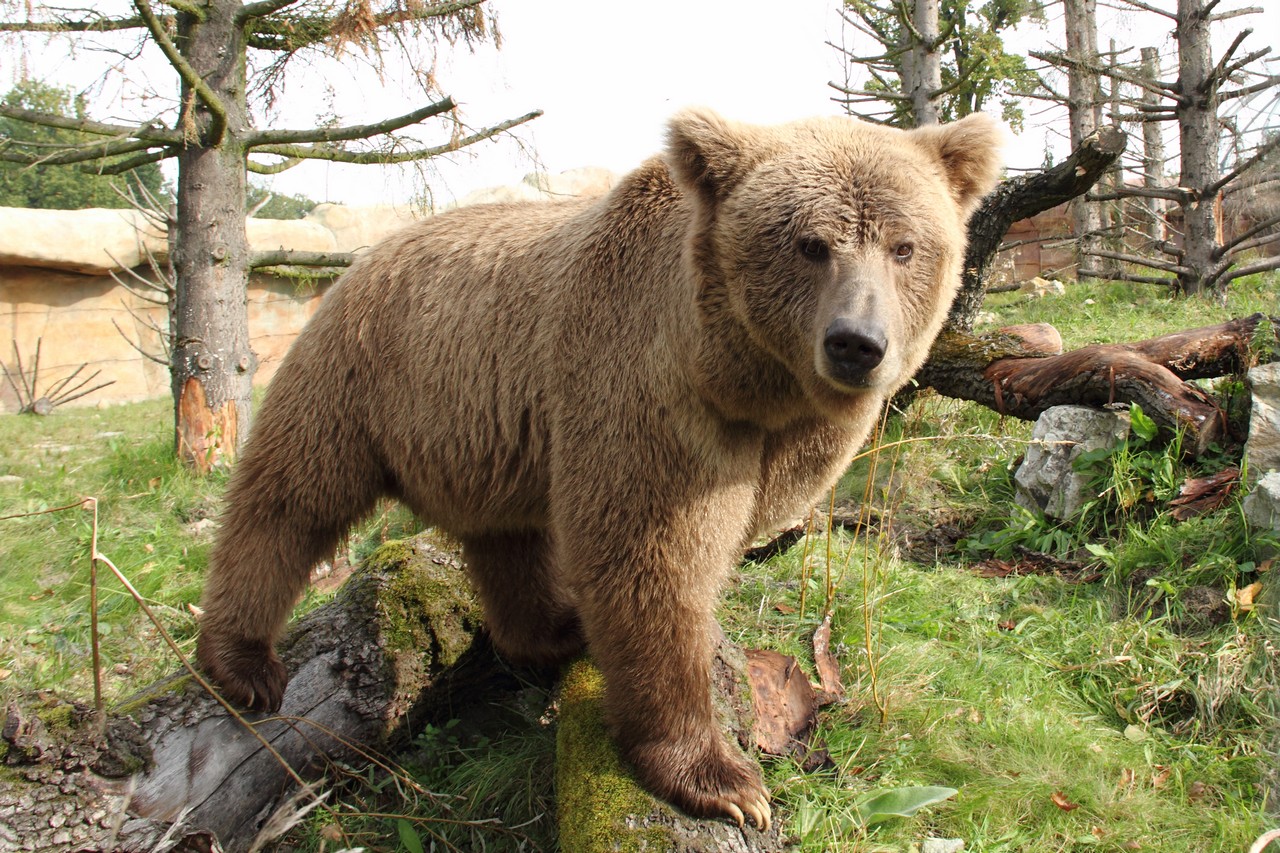
The Yeti, a creature said to inhabit the snowy peaks of the Himalayas, has long been a subject of fascination and speculation. Its origins may lie in sightings of the Himalayan bear, a species adapted to the harsh conditions of the region. Reports of the Yeti often describe a large, ape-like creature, which aligns with the appearance of the Himalayan bear. The bear's elusive nature and remote habitat have contributed to its identification as the Yeti, fueling the legend of this mysterious creature. The connection between the Himalayan bear and the Yeti illustrates the human desire to explore and understand the unknown. The Yeti, as a symbol of mystery and adventure, reflects the allure of the unexplored and the quest for discovery. By examining the origins of the Yeti, we gain insight into the cultural significance of this mythical creature and its role in the stories that have shaped human exploration. The Yeti's transformation from the Himalayan bear to a legendary figure underscores the power of myth to inspire and captivate the imagination.
10. The Basilisk and the King Cobra
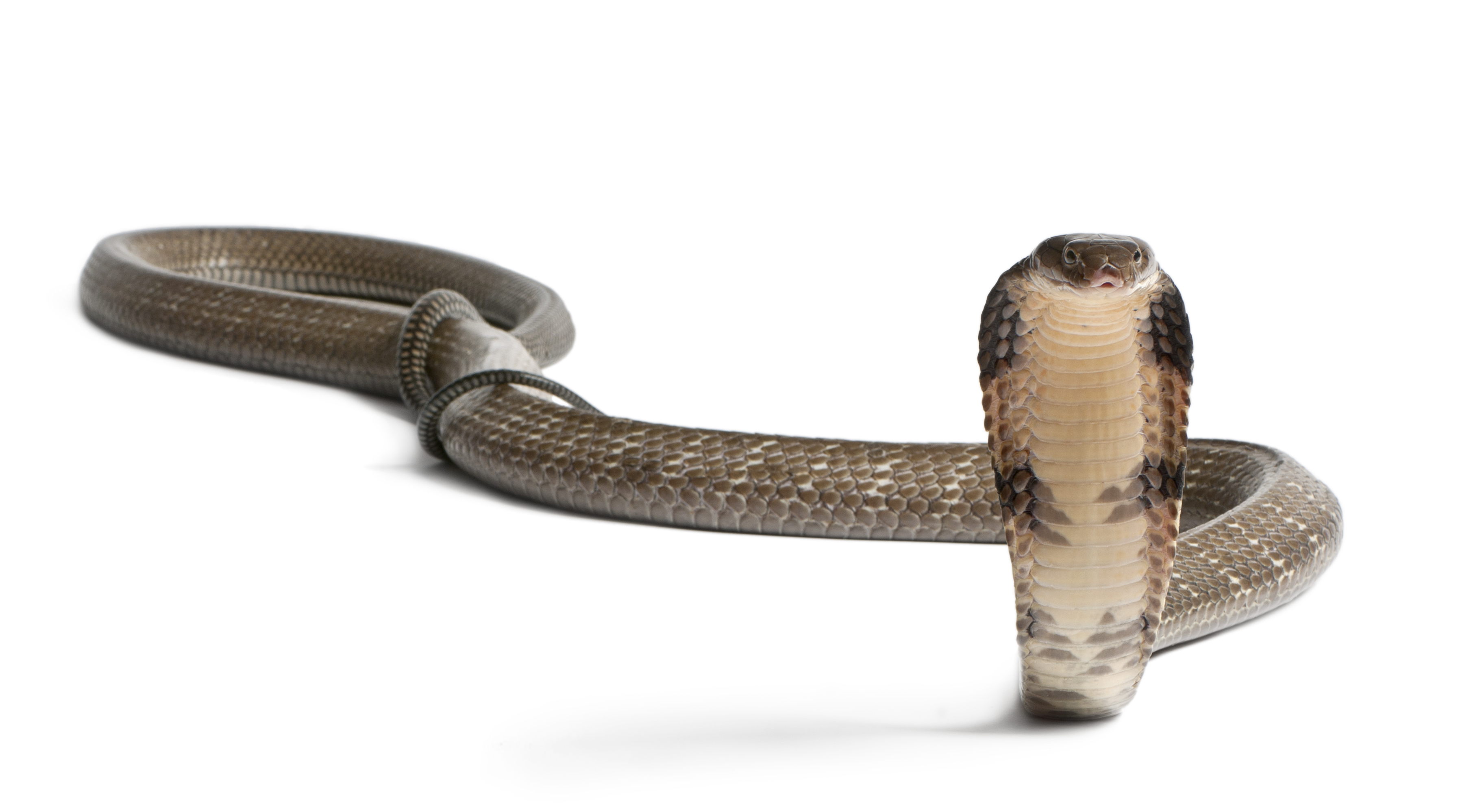
The basilisk, a legendary serpent said to cause death with a glance, originates in the king cobra, a real-world snake with potent venom. The king cobra, native to the forests of Southeast Asia, is the longest venomous snake in the world, capable of delivering a deadly bite. Its fearsome reputation and striking appearance have contributed to its identification as the basilisk, a creature of deadly power and danger. The transformation of the king cobra into the basilisk highlights the role of fear and fascination in shaping myths. The basilisk, as a symbol of death and danger, reflects the human desire to understand and control the natural world. By examining the link between the king cobra and the basilisk, we uncover a tale of transformation and adaptation, where the real becomes mythical through the lens of human imagination. The basilisk's origins reveal the enduring power of myth to embody human fears and provide a sense of mastery over the unknown.
As we conclude this exploration of the real animals that inspired legendary creatures, we are reminded of the enduring power of myth to captivate the imagination and shape our understanding of the world. These myths, born from the natural world and transformed by human creativity, reflect the universal themes of fear, wonder, and the desire for understanding. They serve as a testament to the complexity of human perception and the ways in which we interpret and interact with the world around us. The connections between real animals and mythical beings reveal the intricate interplay between reality and imagination, where the boundaries between the two are often blurred. By examining these origins, we gain a deeper appreciation for the cultural and historical contexts that have shaped our myths and legends. These stories, passed down through generations, continue to inspire and captivate, reminding us of the power of storytelling to transcend time and connect us to the mysteries of the past and the wonders of the natural world.







